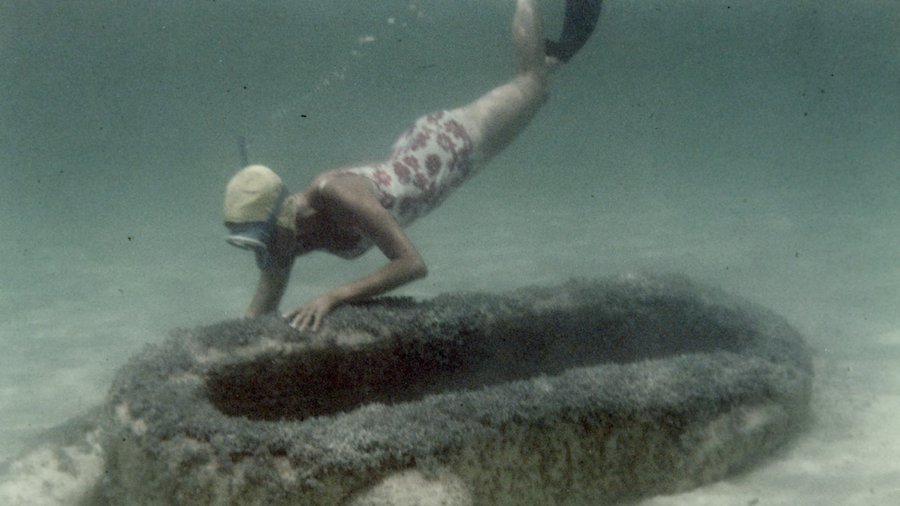When Anna Marguerite McCann (1966 Fellow) began scuba diving in the early 1960s with Jacques Cousteau, the field of underwater archaeology was dominated by men. She became the first American woman underwater archaeologist. Born in 1933 in Mamaroneck, New York, McCann received a BA from Wellesley College. A Fulbright took her to the American School of Classical Studies at Athens in 1954, where her passion for the ancient world grew. She then earned an MA at NYU’s Institute of Fine Arts and a PhD at Indiana University. In 1964 she won a Rome Prize in classical studies and archaeology, an opportunity that allowed her to continue diving and to make a lasting mark through the excavations of Cosa, a Latin colony in Tuscany.

Led by AAR Director Frank E. Brown and later continued under Elizabeth Fentress, the Cosa excavations deepened our understanding of ancient technology and trade in mid-Republican Rome. Anna assembled the findings from twenty-two years of excavations in The Roman Port and Fishery of Cosa: A Center of Ancient Trade (1987). From 1971 to 1974, she and a team of diving archaeologists, under the aegis of AAR, mapped and explored ancient harbors at Populonia and Pyrgi, also along the Tuscan coast. In Populonia, they found worked logs with a radiocarbon date of as early as 840 BCE—evidence of an ancient Etruscan ship.
McCann’s nephew Richard Preston recalled a story that illustrates the risks she and other archaeologists took in the water. On a dive in which Preston took part, he and the lead diver discovered what they took for a shipwreck full of amphorae. They were mistaken; it was a pile of bombs from the Second World War. Despite their efforts to pry the “amphorae” loose, the bombs, fortunately, did not explode. “It would have made Anna’s expedition newsworthy,” said Richard, “but for the wrong reasons.”

In addition to archaeological fieldwork, McCann made her mark as an art historian. The Academy published her first book, The Portraits of Septimius Severus (AD 193–211), in 1968 as part of the Memoirs series. She also helped catalog Roman sarcophagi at the Metropolitan Museum of Art. A member of the Archaeological Institute of America, she received that organization’s Gold Medal Award in 1998. McCann taught underwater archaeology at Boston University from 1997 to 2001 and died in 2017 in Sleepy Hollow, New York, at the age of 83. The McCann Archives, generously donated to AAR by Douglas Preston, illustrate Anna’s remarkable life. See more at dhc.aarome.org/McCann.
